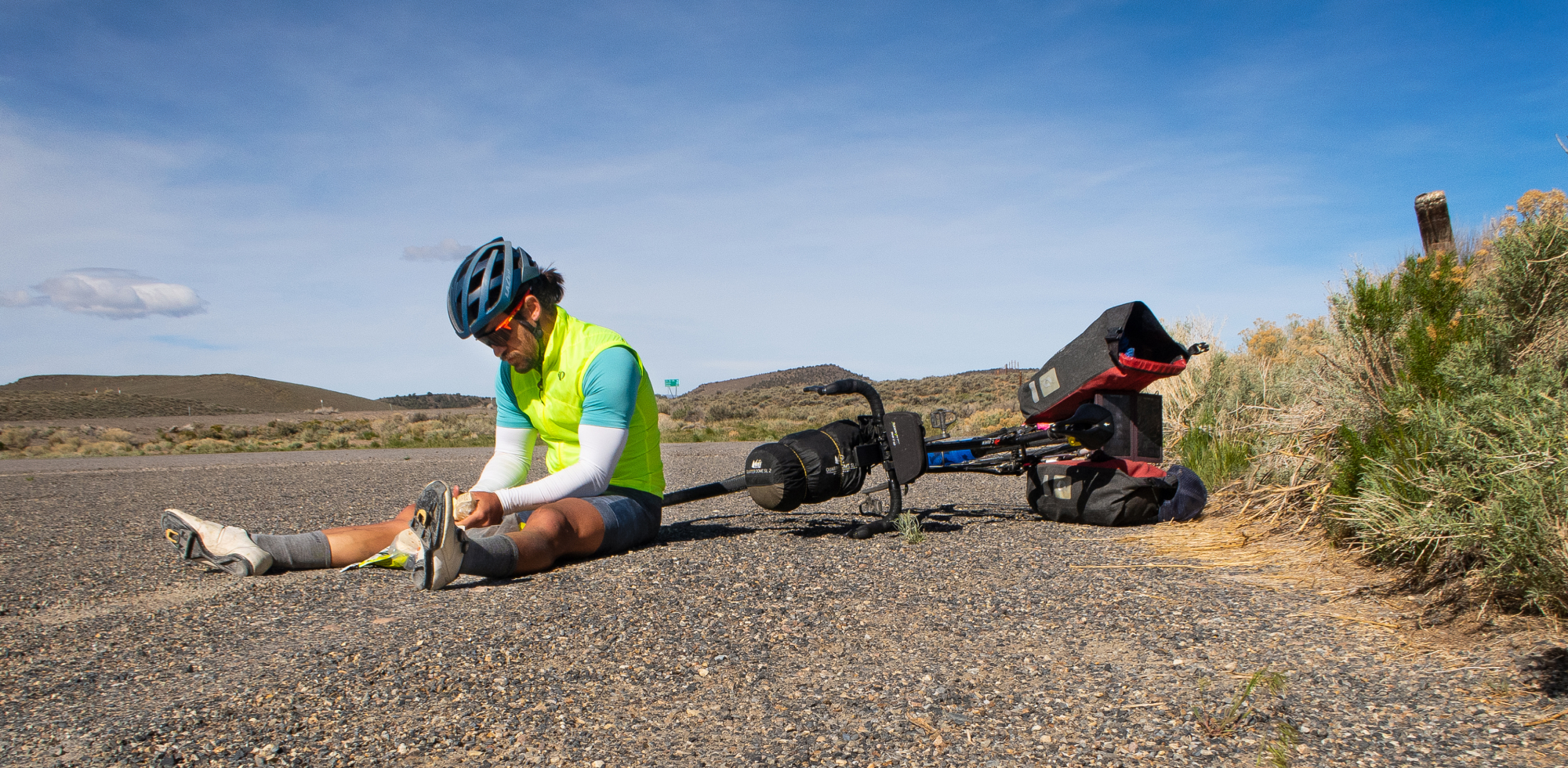How to Pick a Touring Route
Our experience on a 2-week bikepacking trip!

Oftentimes the toughest part about bikepacking is planning the trip. Gear lists, clothing picks, Bikes, tires, and bags all must be acquired and prepared for the journey. Then there are trip logistics with the biggest sticky point being route planning. In this article, we’ll discuss how to pick a route for your tour or bikepacking trip.

Every trip is unique – duration, distance, available time, location – there are so many variables it would be impossible to tell you exactly how to plan your route. We’ll focus on route planning at a high level and provide some tips that will help you plan your next adventure.
Perhaps the easiest way to think about planning your trip are the 3 “R’s” – Reason, Resources, and Risk. Focus on these 3 things when route planning.
Reason
This is straightforward. The reason is the answer to the question “Why are you doing this?” In the case of the recent tour that our team did, the reason was that one person lived in one state during his school year but was out for the summer and wanted to go back home. Instead of driving or flying home, he invited a group to ride home with him. Was this a dream route? Nope. In fact, the route is known to be against the prevailing winds. On paper, it’s a bad route. But there was a reason to do it. Having a reason to do your ride will make it more enjoyable and mentally achievable. Using a tour as a means of transportation from one location to another location you are planning to travel to anyway is a great reason for that route and is sometimes the easiest way to settle on something if you are having a hard time picking. Just remember – seeing the world by bike is one of the best ways to see the world. You can cover a lot of ground and, since you are moving slower than a car, you can take more in. You are also more engaged with your surroundings. Places that are forgettable in a vehicle can be magical on a bike.

Resources
Whether a paved tour or backcountry bikepacking trip, you will only be able to carry so much with you. Water is the most common need and is heavy to carry. Food is second to that. Does the area you want to tour have natural bodies of water to filter? Can you reliably access them? Much of the tour our team did was through the desert where lakes and rivers are few and far between. The route had to pass through towns often enough to satisfy water needs. As you plan your route, let your resource needs dictate some of the plan.

Risk
Risk tolerance or perhaps better said as adventurousness is something you must gauge for yourself. Some riders like to take the day as it comes. Others need to know exactly what is coming next. There is a balance to both – the risk taker should do some planning for the sake of safety and, if traveling with others, help them feel more comfortable by laying out a plan.

The planner should prepare to be adaptable. Know that things out of anyone’s control can happen. It’s impossible to plan for all the variables. Either way, your adventurousness will be a big factor in your route planning. The internet is a wealth of knowledge but advice is often based on crowd-sourced information. The less visited an area is, the less info there will be on it. Other factors in risk can be more literal risk – wildlife/predators, exposure to the elements, weather, or even things like cliffs, rock fall, and flood zones. Many of these risks can be mitigated but should be considered with route planning.
Other Important Factors
Weather
Hot or cold. Wet or dry. Rain or clear. Windy or calm. Fog, snow, mud – the weather of the region you plan to ride will present unique challenges and dramatically influence your route. Some elements will slow you down and make it more challenging to cover lots of miles. They also might require you have better resource access. Heat, for example, will mean you use more water. Rain may mean you need more places for dry shelter.

Time of the Year
This mostly correlates with the weather, but also makes daylight a factor. If your route requires longer days, you may need to wait until summer to have plenty of daylight or will need to plan to use lights for night riding.
Traffic
If your route will have trafficked roadways, you’ll need to recon your route and determine if the roadway has a safe shoulder to ride on. You may also want to understand the traffic patterns and volume. The time of day can be a big factor as well.

Be adaptable
You can plan all you want, but it’s likely that you’ll end up off-plan at some point. Make secondary plans. If possible and if your route is ambitious, look for bailouts and shortcuts in case you need them.
Carry Multiple Navigation Tools
Smartphones are wonderful tech and super handy for navigation purposes but usually require cellular service. Rural areas may not have reception. Mapping apps that work offline using GPS and map downloads are a great alternative.

Also, consider getting a bike head unit that has good navigation function, like a unit from Hammerhead. Don’t rule out a paper map – no batteries required!
